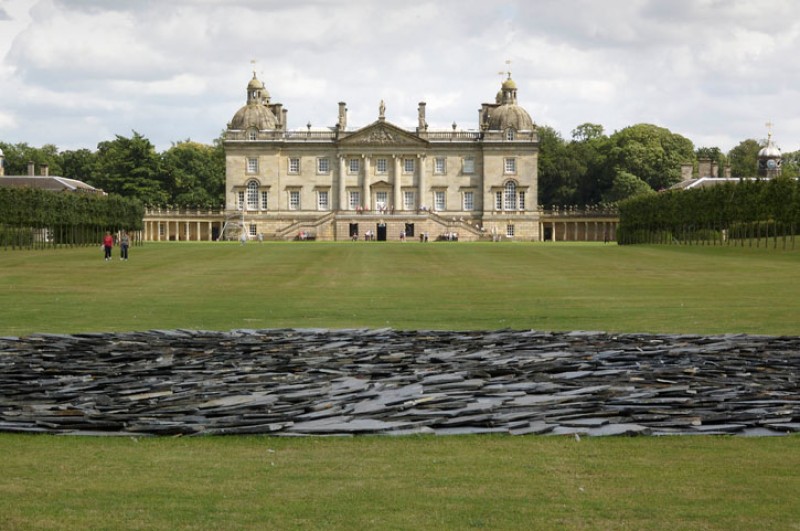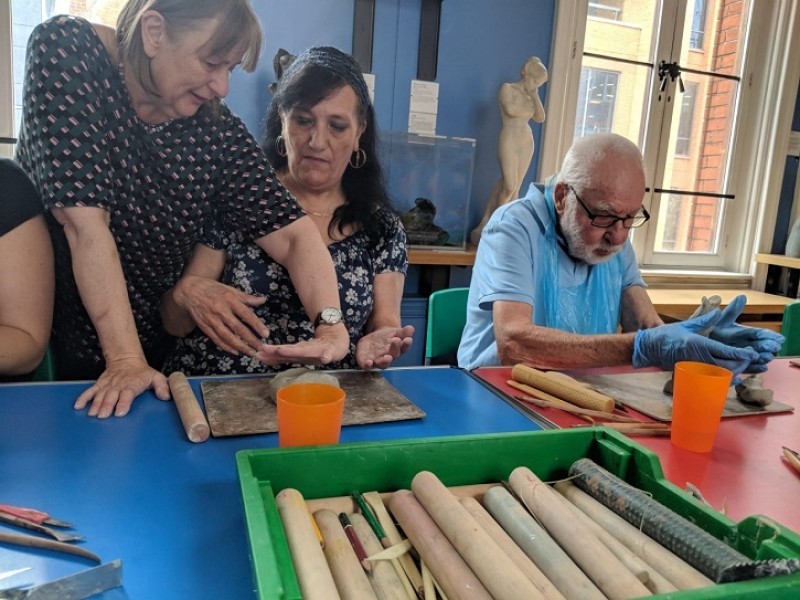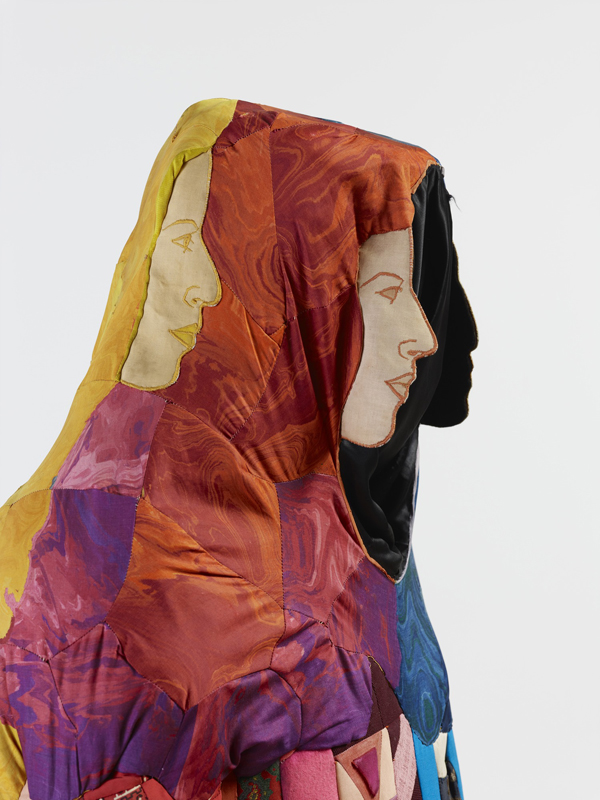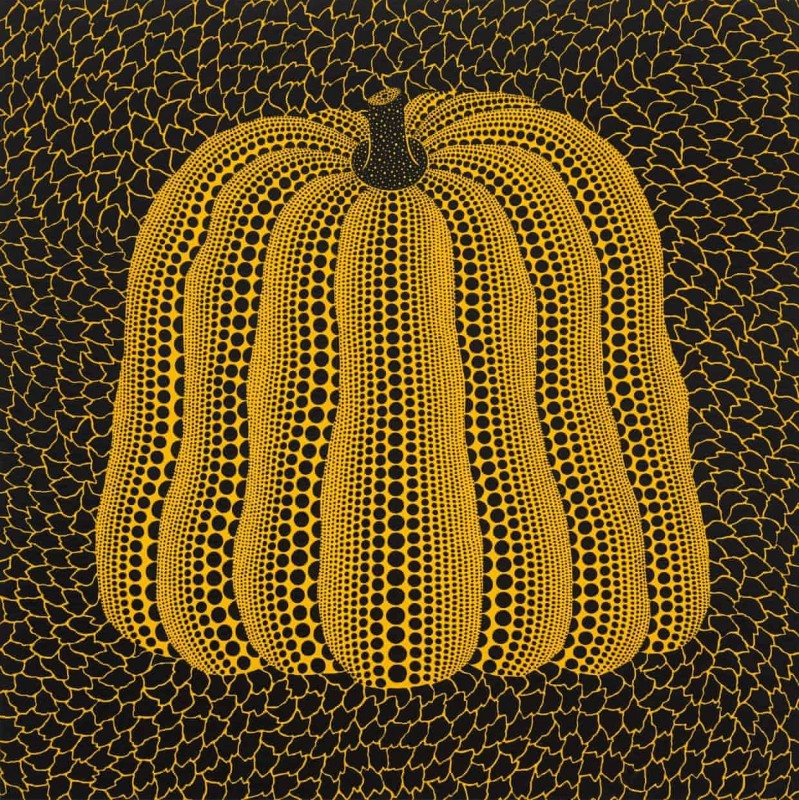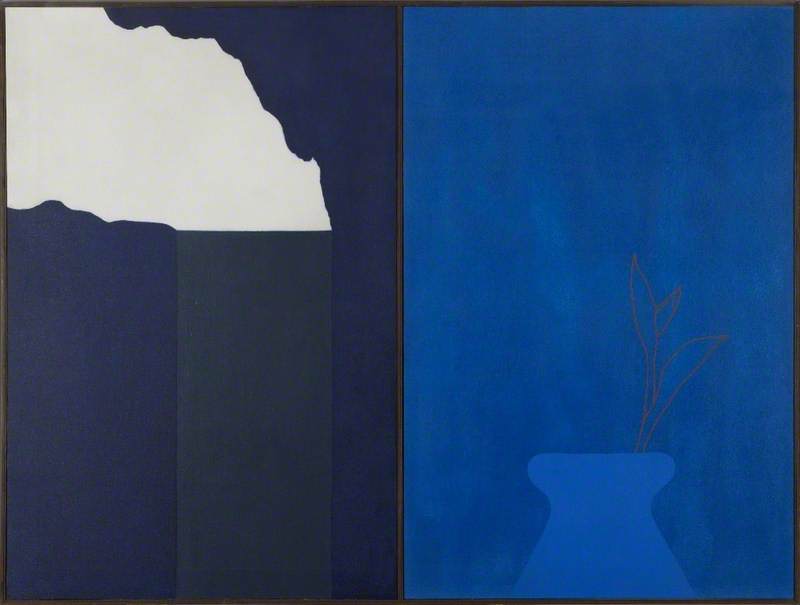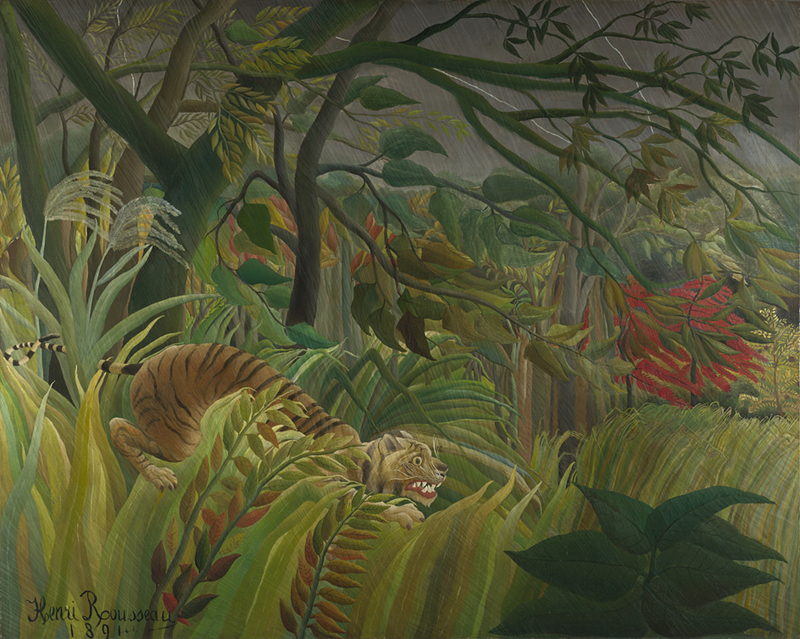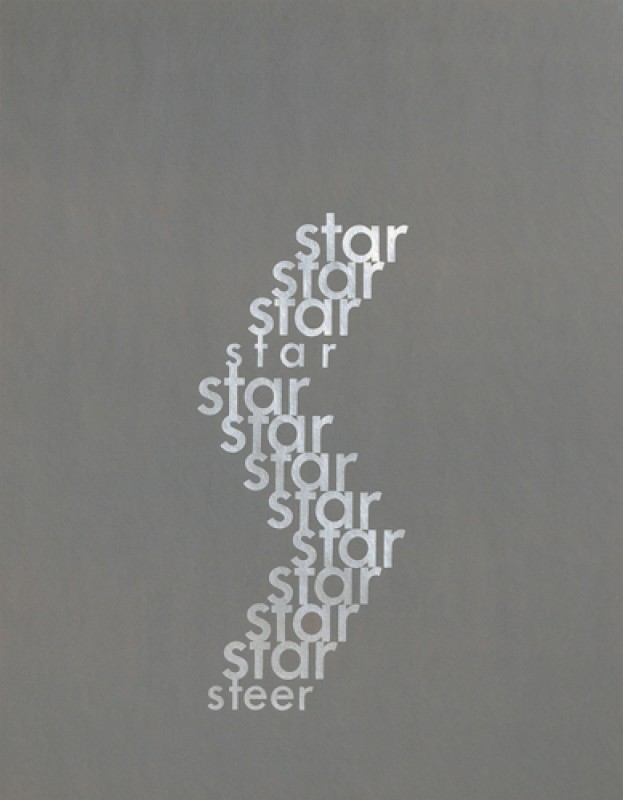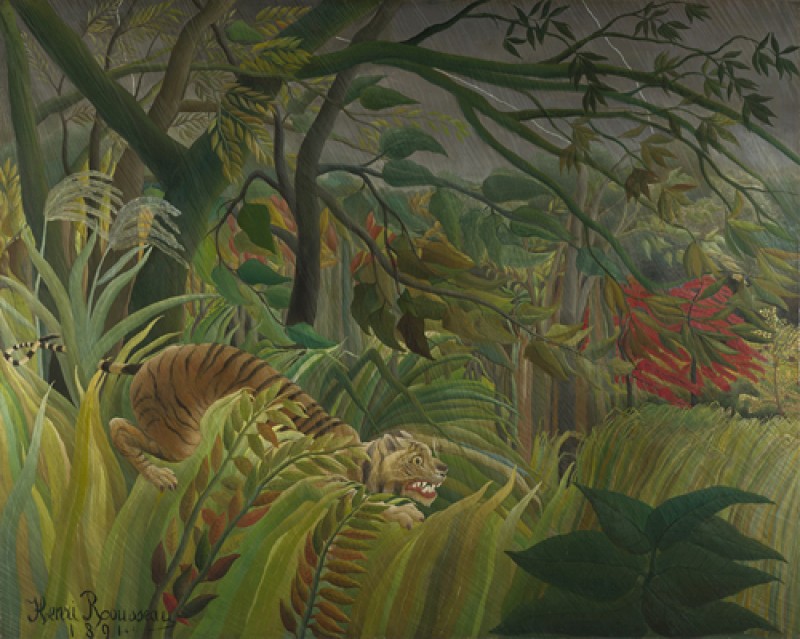'Artificial Sun'
This three-minute audio clip describes the sculpture Artificial Sun by Eduardo Luigi Paolozzi (1924–2005).
Full audio description text
Artificial Sun was created by pioneering Scottish Pop artist Eduardo Paolozzi in 1964. It is an abstract sculpture of multiple component parts, all made from aluminium. Together they form an imposing work two and a half metres in height, and one and a half metres at its widest point. It is on display outside in the Courtyard of Pallant House Gallery, and you are welcome to touch it.
The sculpture comprises 12 three-dimensional geometric shapes that are interconnected with pipes to form a tall, stylised assemblage. The focal point of the work is a circular 'sun' that is around one metre in diameter and sits facing us at the highest point of the sculpture. It is formed of a series of concentric discs, layered in decreasing in size order with the smallest at the front. Protracting from the base of the sun are three thin, cylindrical [tubes] and two rectangular tubes – which join with a complex grouping of other three-dimensional shapes. In turn, these shapes conjoin with others via tubes creating an elaborate network down to the ground. The overall effect is a mass of triangular prisms, cuboids, bendy S-shapes, with new shapes formed by the voids between them.
At the base of the sculpture, the tubular pipes bend at a right angles revealing that they are in fact hollow structures. This gives the structure a machine-like feel, which is reinforced by several chimney-like forms jutting out from the back of the sun.
The sculpture is entirely made from a robust, industrial grade aluminium, lending the appearance of a factory appliance. This contrasts with the rugged brick wall and foliage the work stands beside. The silvery smooth surface of the aluminium has a weathered matte finish due to its exposure to the elements. A once polished surface is now speckled with blemishes and minor weather marks. The aluminium takes on a different character depending on the intensity of the sun on any given day.
In the post-war years Paolozzi often focused his artwork on new technologies, science and a surreal mechanical world. This work is a three-dimensional representation of the fantastical structures Paolozzi often depicted in his two-dimensional designs and works on paper. It is an intriguing and commanding sculpture.
Art UK and VocalEyes
This audio description was created by VocalEyes for Art UK Sculpture, a national project to document and increase access to the UK's publicly owned sculpture. This description is one of 25 representing sculpture collections across the UK.


